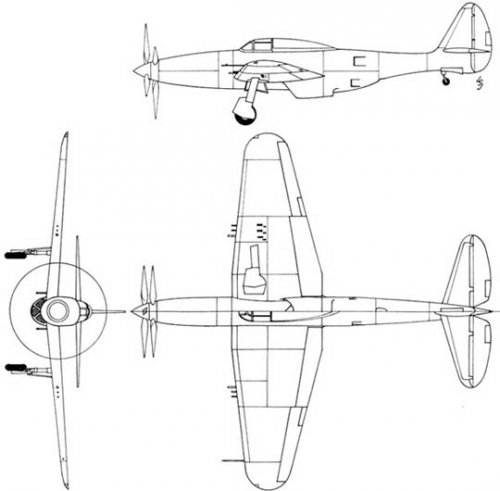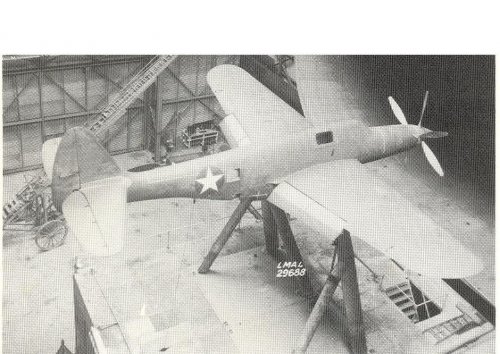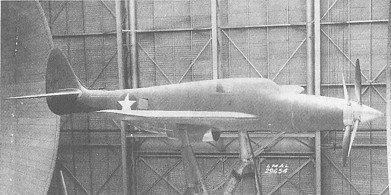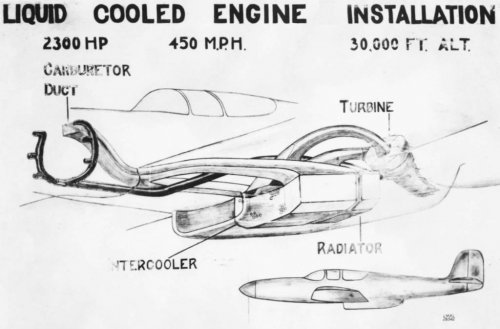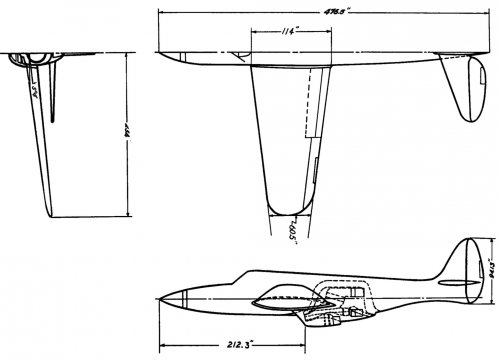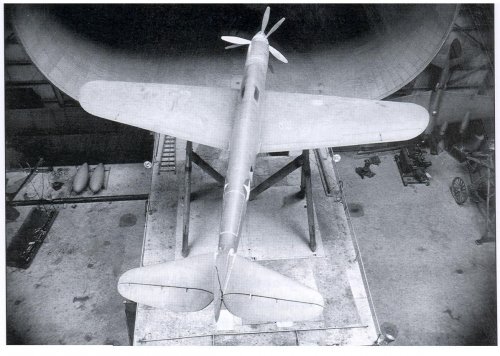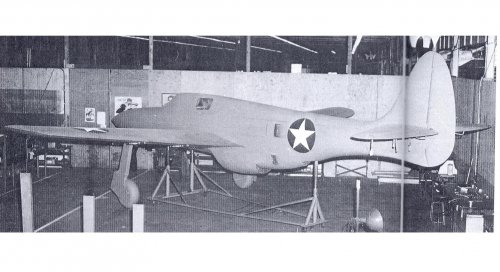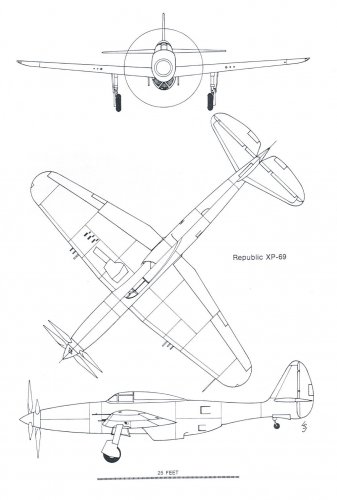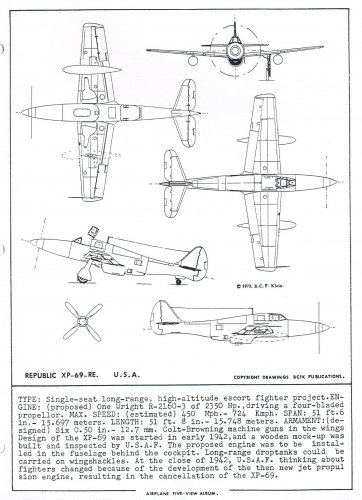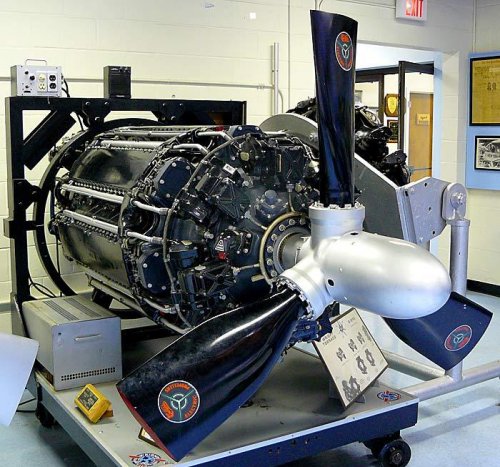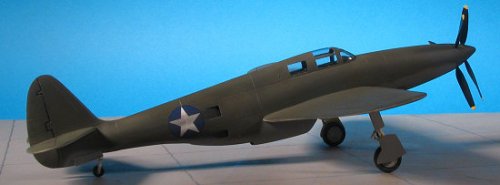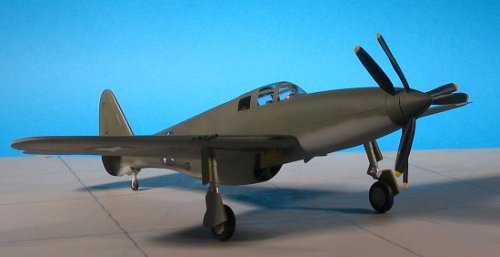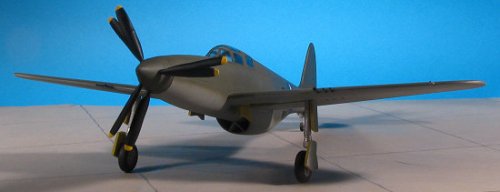Apteryx
ACCESS: Confidential
- Joined
- 28 September 2007
- Messages
- 154
- Reaction score
- 32
Hi, all...
To remind my readers the backstory on the p-69, aka AP-18::
Republic Aircraft had a WWII fighter project to be powered by a single Wright Tornado engine mid-mounted, a la the Airacobra. It was a new project, and not a development of their P-47.
I've seen at least one 3-view of the above-named fighter project, in a compilation of "project" drawings put out by the AAHS called Scale-Master Fax File no. 7. I've attached a scan. My question: why do you think that a new design would feature a wing planform with a constant-span inboard section? There's no dihedral break; no constant width in the center to go with the constant span. You see what I'm saying here?
One could hypothesize that some overworked engineer just stuck that section in as an insert on the drawing to increase wing area to a specified amount, but one has a harder time believing the plane would have progressed to prototype status with that feature. But I may be missing something. Any thoughts?
To remind my readers the backstory on the p-69, aka AP-18::
Republic Aircraft had a WWII fighter project to be powered by a single Wright Tornado engine mid-mounted, a la the Airacobra. It was a new project, and not a development of their P-47.
I've seen at least one 3-view of the above-named fighter project, in a compilation of "project" drawings put out by the AAHS called Scale-Master Fax File no. 7. I've attached a scan. My question: why do you think that a new design would feature a wing planform with a constant-span inboard section? There's no dihedral break; no constant width in the center to go with the constant span. You see what I'm saying here?
One could hypothesize that some overworked engineer just stuck that section in as an insert on the drawing to increase wing area to a specified amount, but one has a harder time believing the plane would have progressed to prototype status with that feature. But I may be missing something. Any thoughts?

